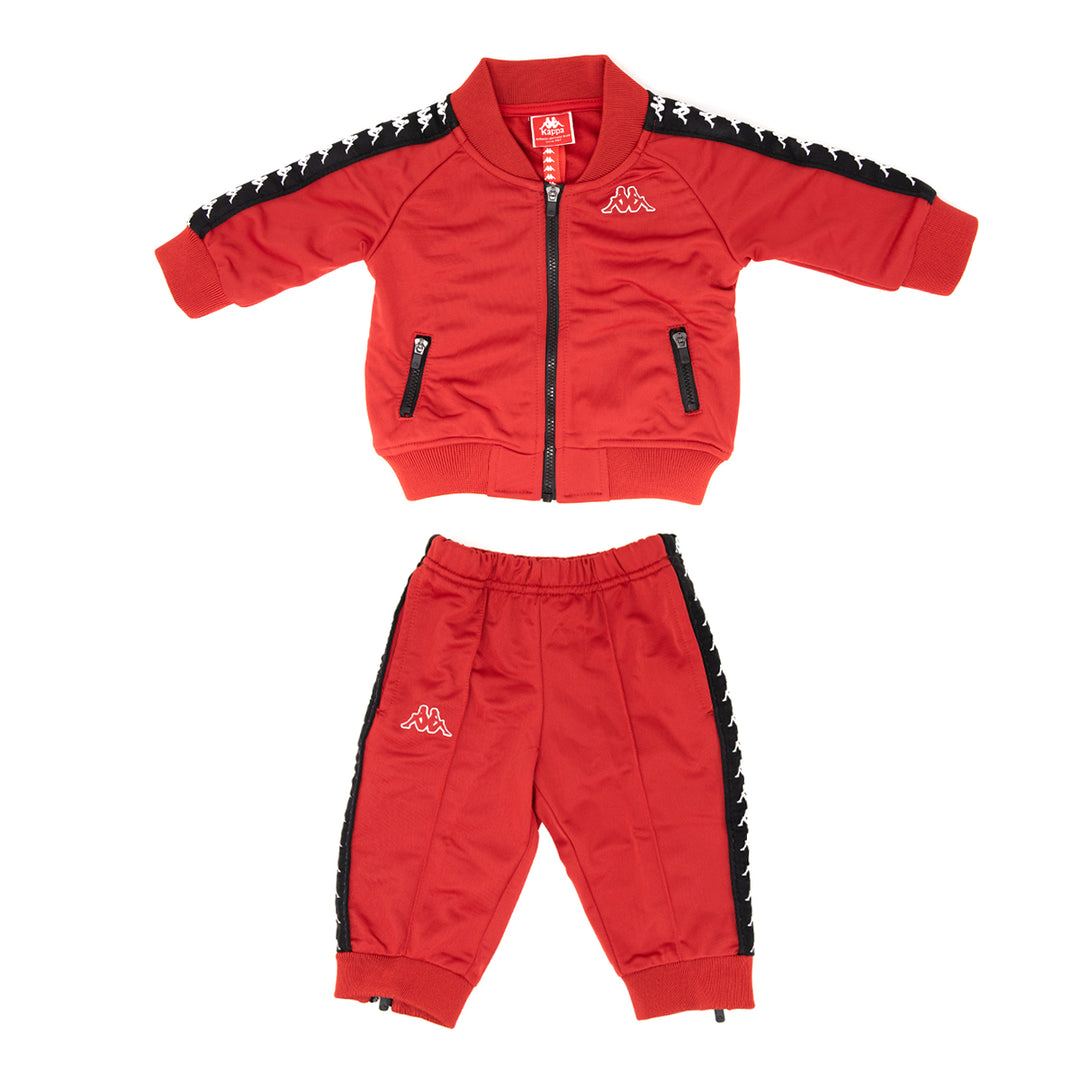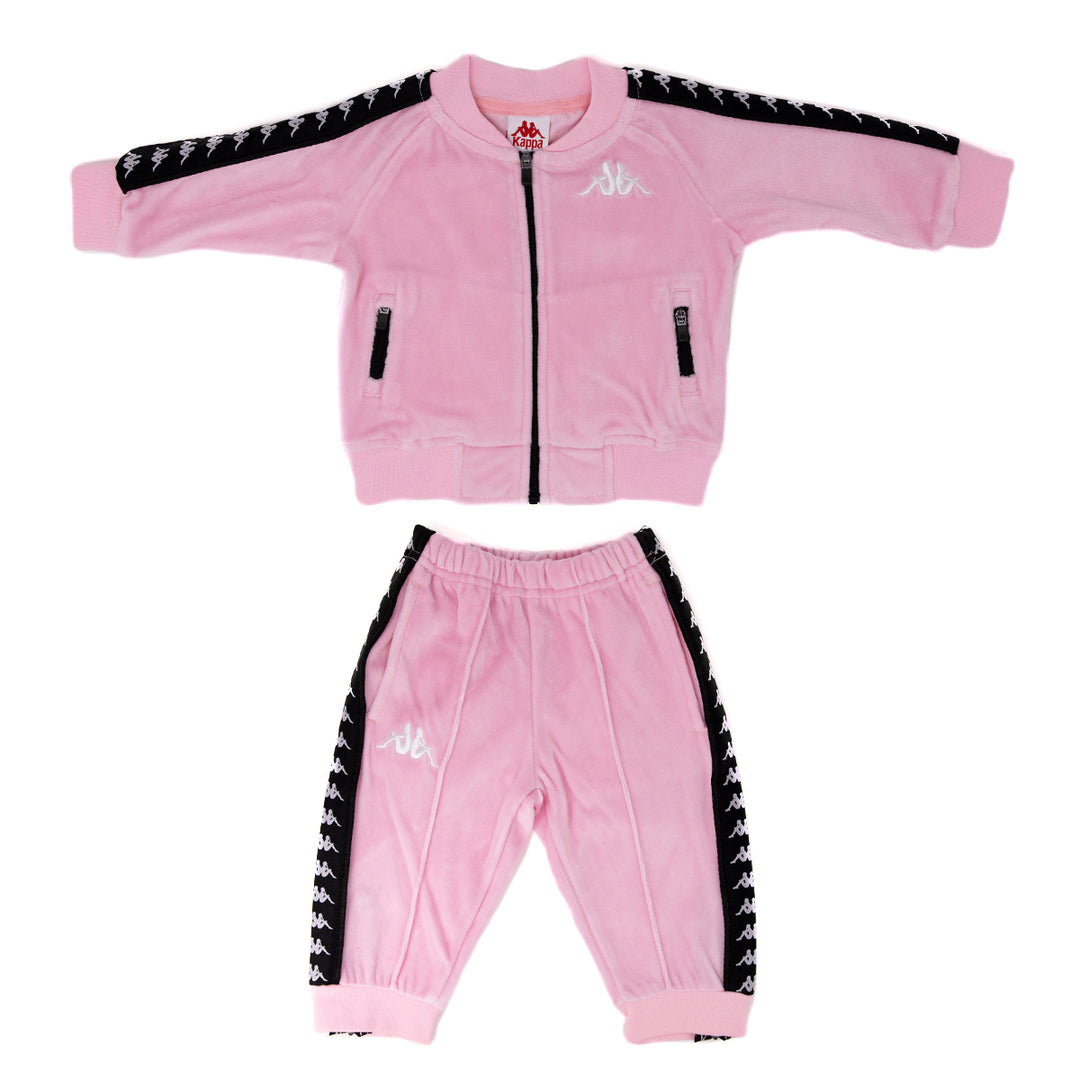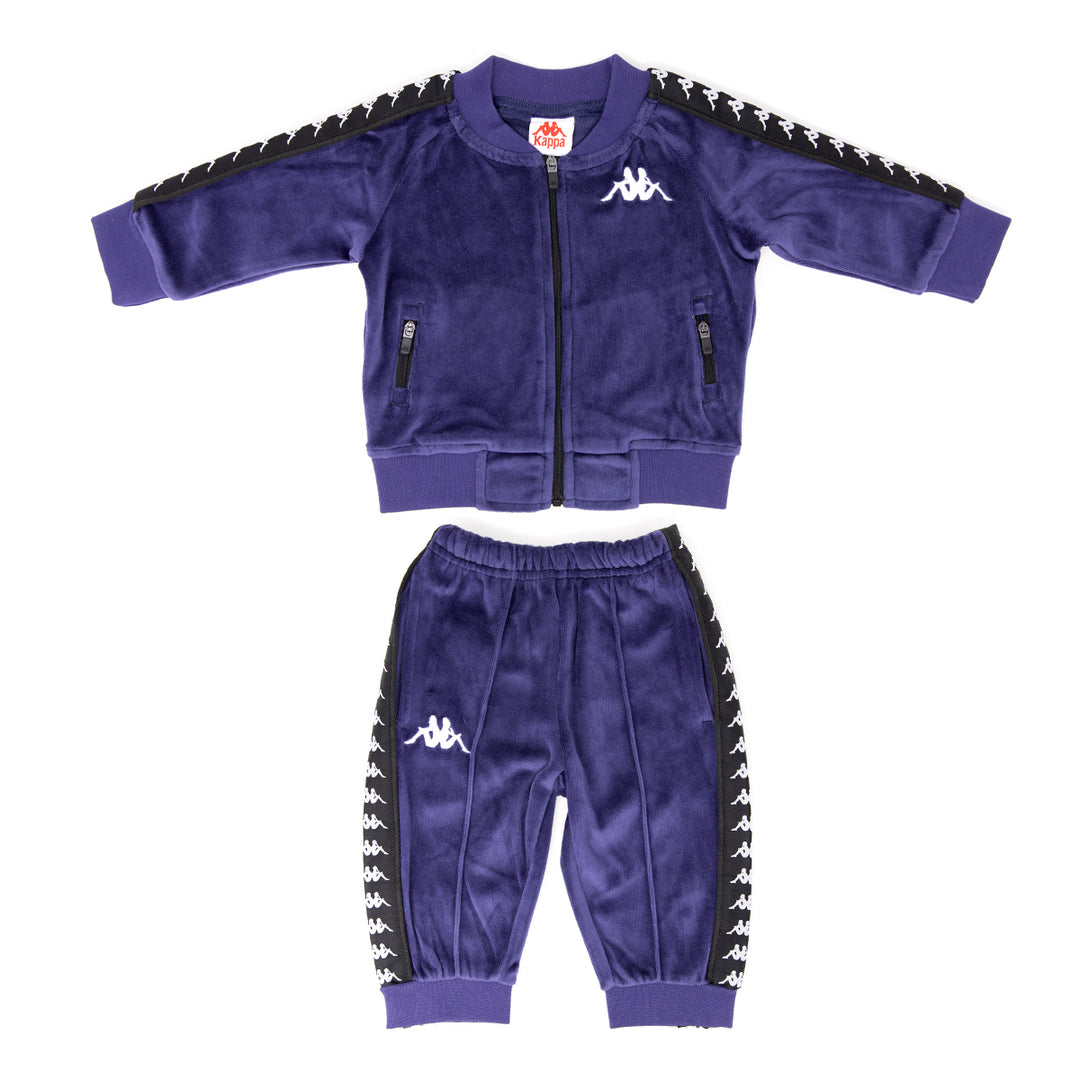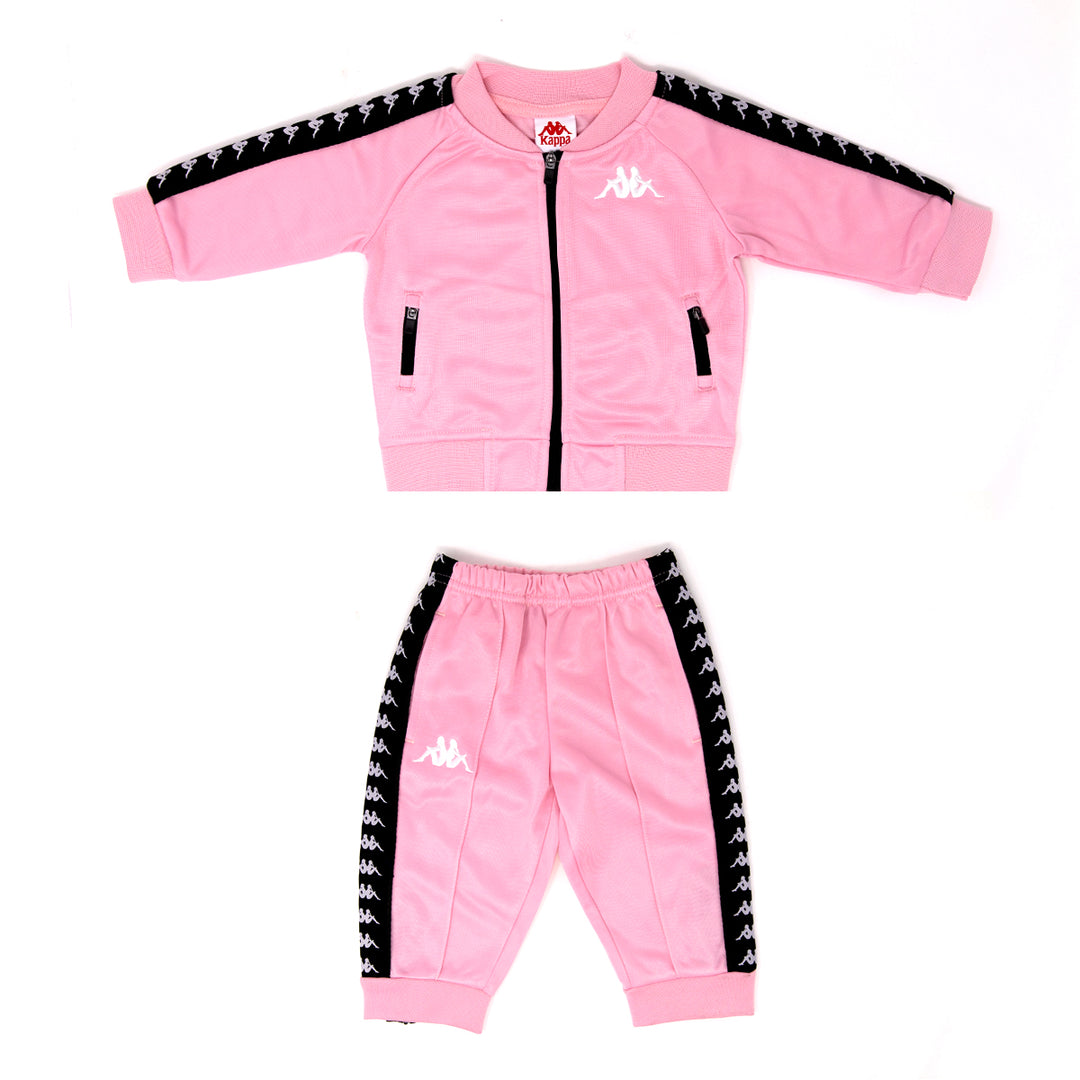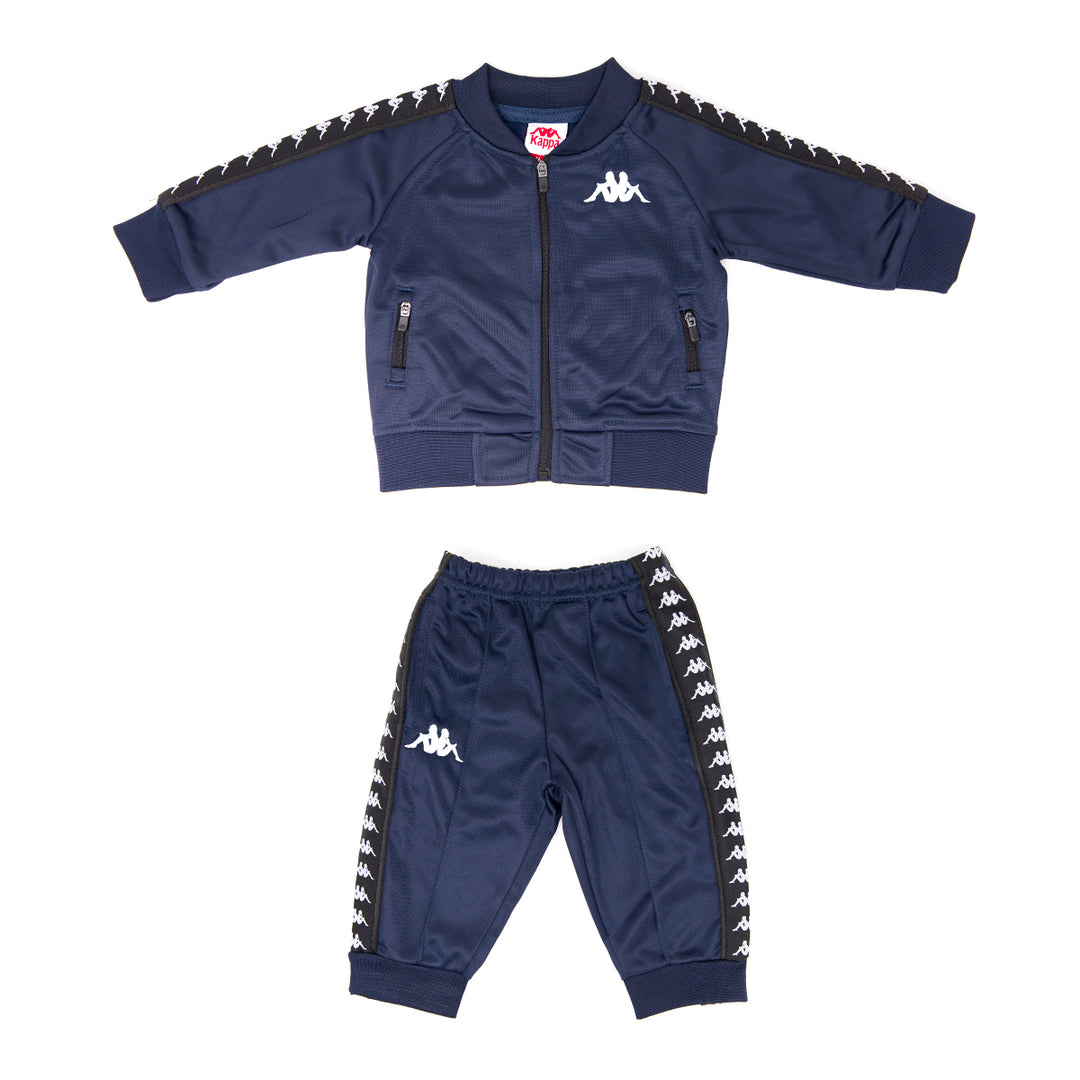Inspired by European streetwear, and paying homage to the brand’s Italian roots, Kappa tracksuits are a timeless wardrobe staple that seamlessly blends vintage, retro, and modern styles. Designed with fashion and function in mind, our tracksuits are built to be worn on and off the court.
The History of the Tracksuit
The tracksuit – also known as a jogging suit or sweatsuit – was born in the 1950s when sports and physical fitness were gaining popularity in Europe and the Americas. By the 1960s, the demand for more comfortable and practical clothing was growing, and the tracksuit emerged as a popular garment among youth and adults alike.
The tracksuit’s design typically consisted of a matching set of loose-fitting pants and a zip-up jacket, usually made of synthetic fabrics like nylon or polyester. Tracksuits provided athletes and fitness enthusiasts with the flexibility and freedom of movement necessary for both exercise and casual wear.
During the 1970s, the tracksuit gained significant popularity, especially in the realm of fashion. Celebrities and pop culture icons embraced the tracksuit trend, making it a symbol of leisure and casual style. It became a staple of the disco era, with flashy colors, bold patterns, and shiny fabrics capturing the essence of the time. Tracksuits were no longer solely associated with athletic pursuits but became a fashion statement embraced by individuals from different walks of life.
1980’s-1990’s
In the 1980s and 1990s, tracksuits continued to evolve and adapt to the changing fashion landscape. Sportswear brands like Kappa played a crucial role in popularizing tracksuits through iconic designs and endorsement deals. In 1981, Kappa sponsored the U.S. Track and Field Team during the World Cup. In 1984, they outfitted the team for the Los Angeles Olympics, using NASA technology to create high-tech clothes that helped pave the way to victory.
Tracksuits became synonymous with hip-hop and streetwear culture in the 1990’s, with rappers and artists incorporating them into their style, often paired with oversized t-shirts, sneakers, and gold chains. Artists like the Spice Girls and Oasis wore tracksuits in their music videos as well as on stage, captivating an entire generation. This period marked the tracksuit's transition from sportswear to a fashion trend that transcended athletic boundaries.


